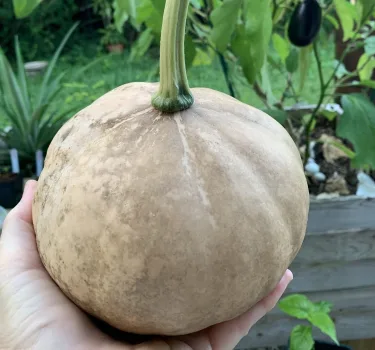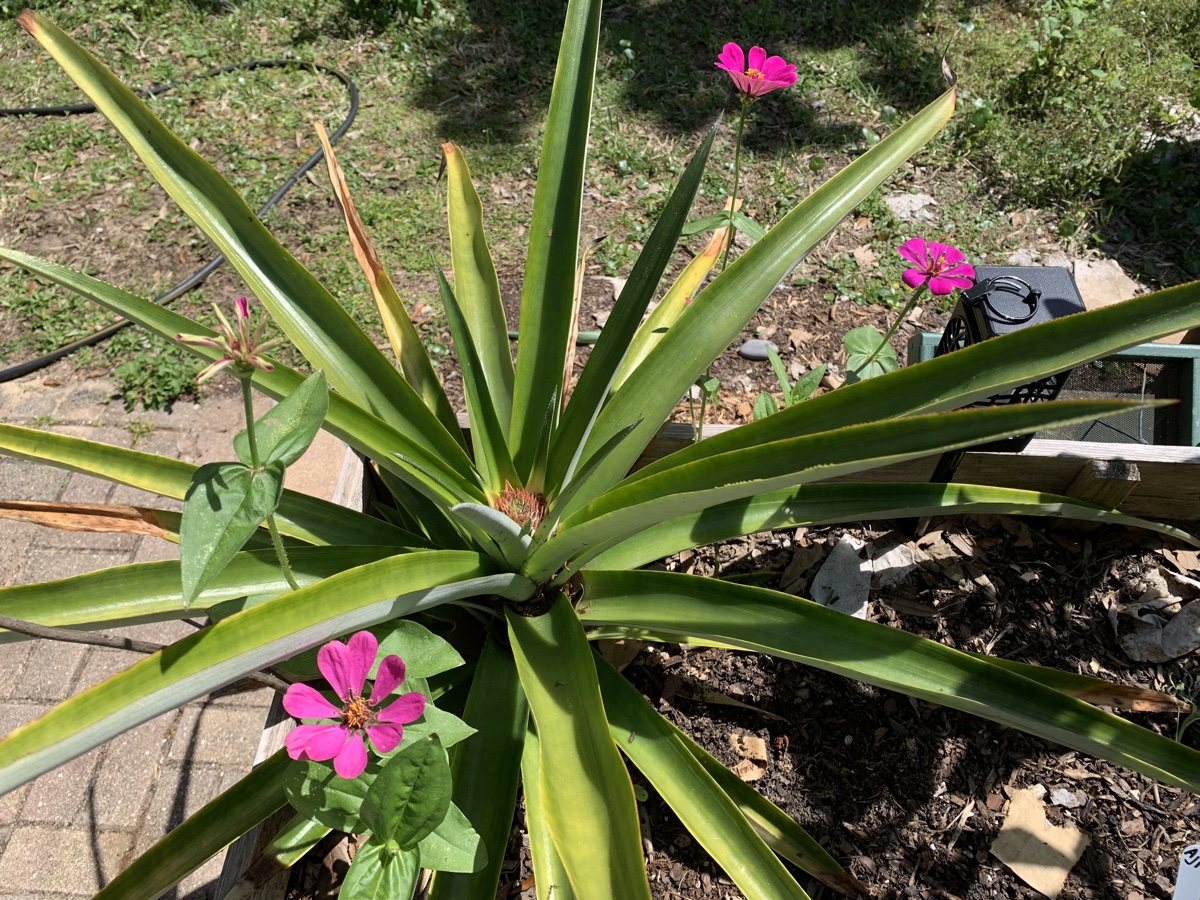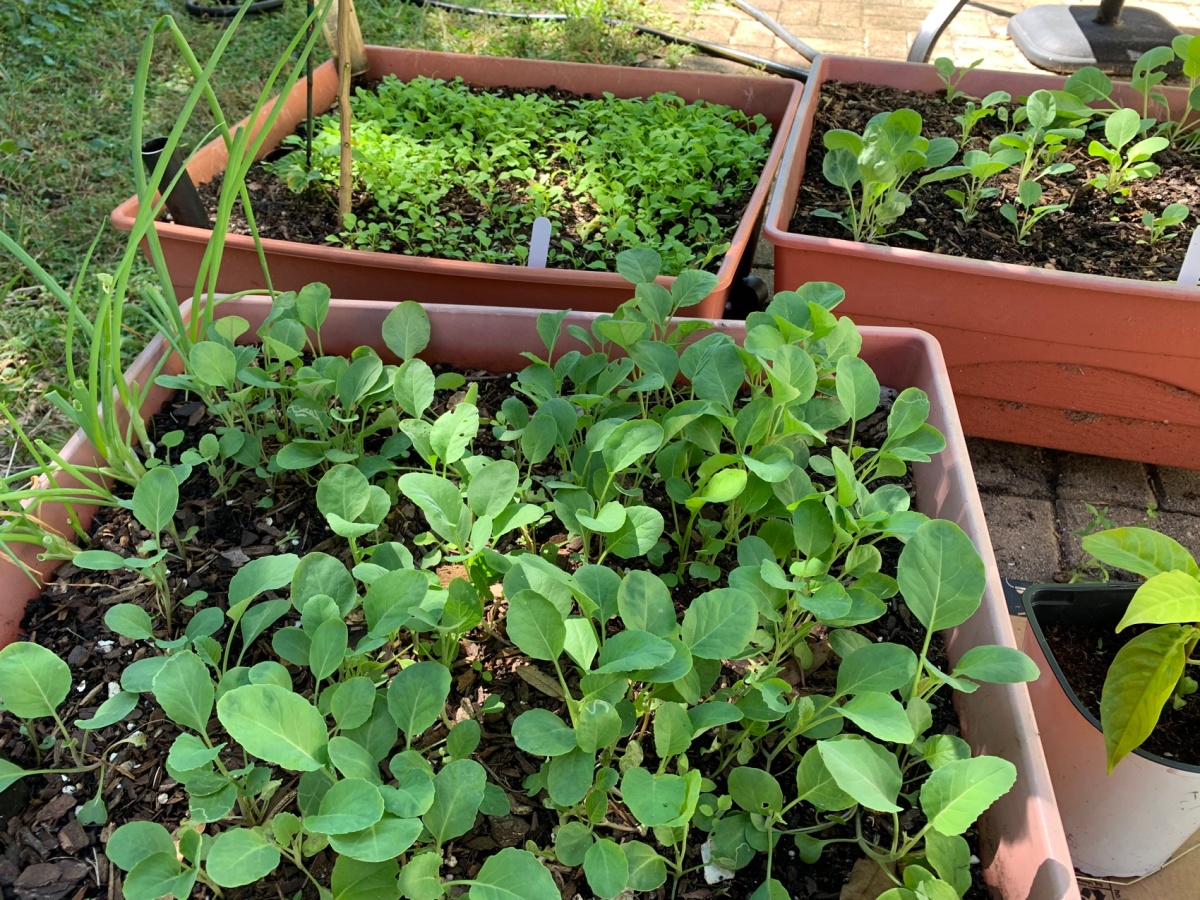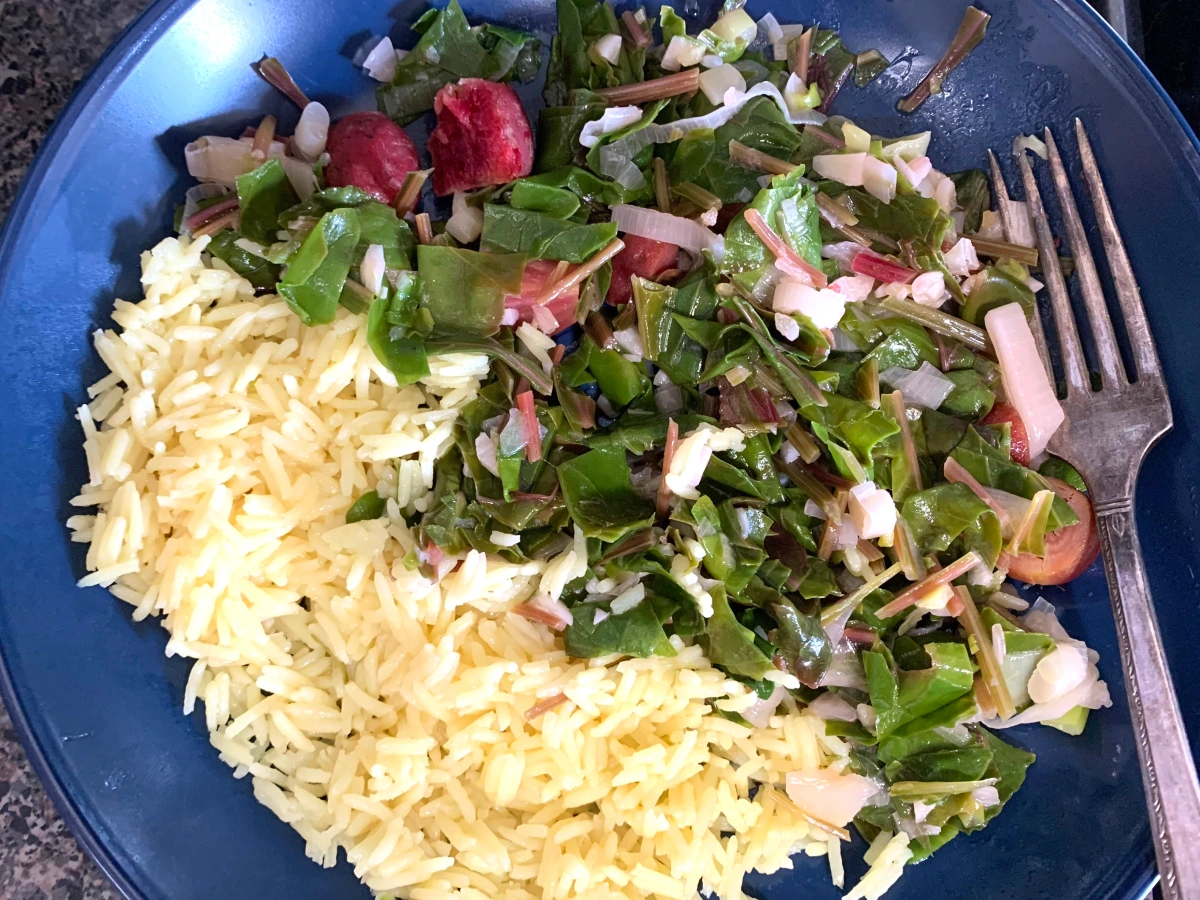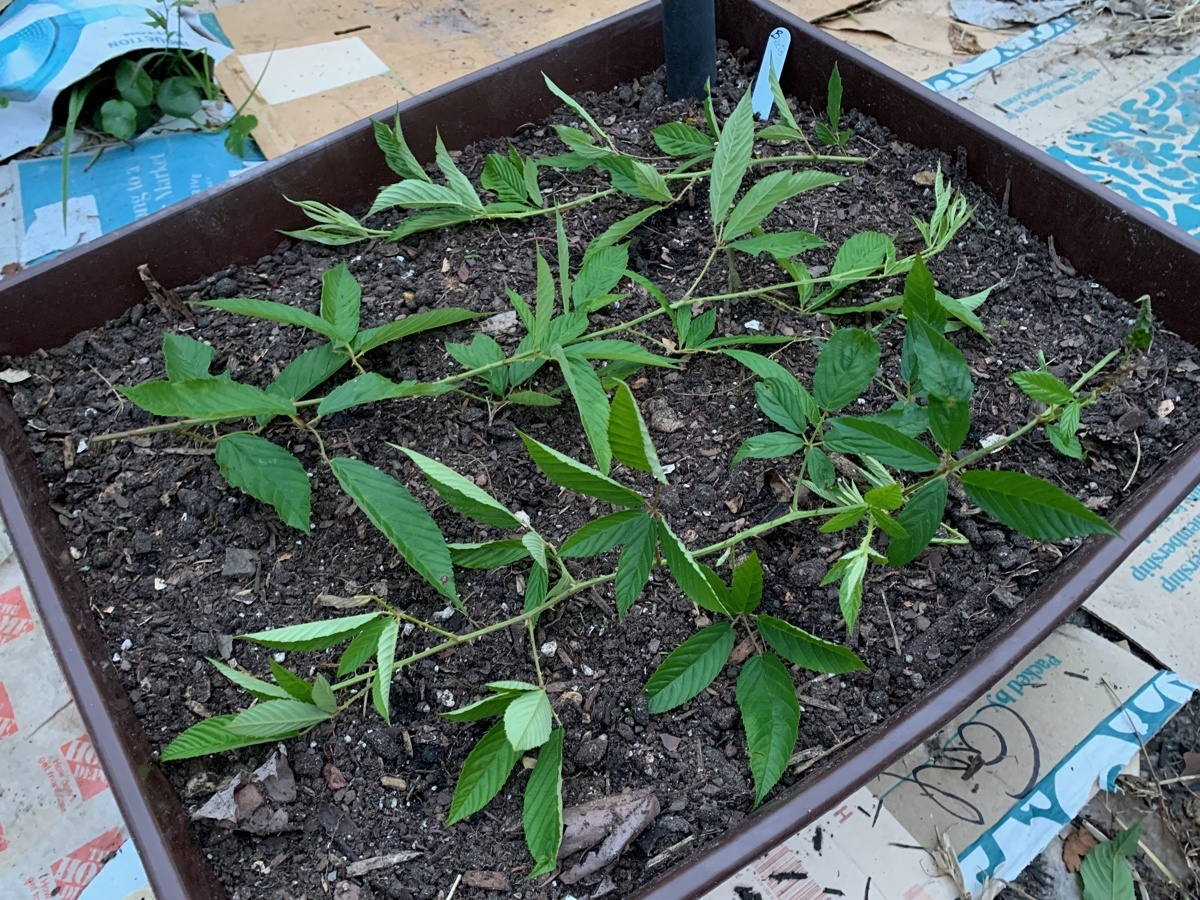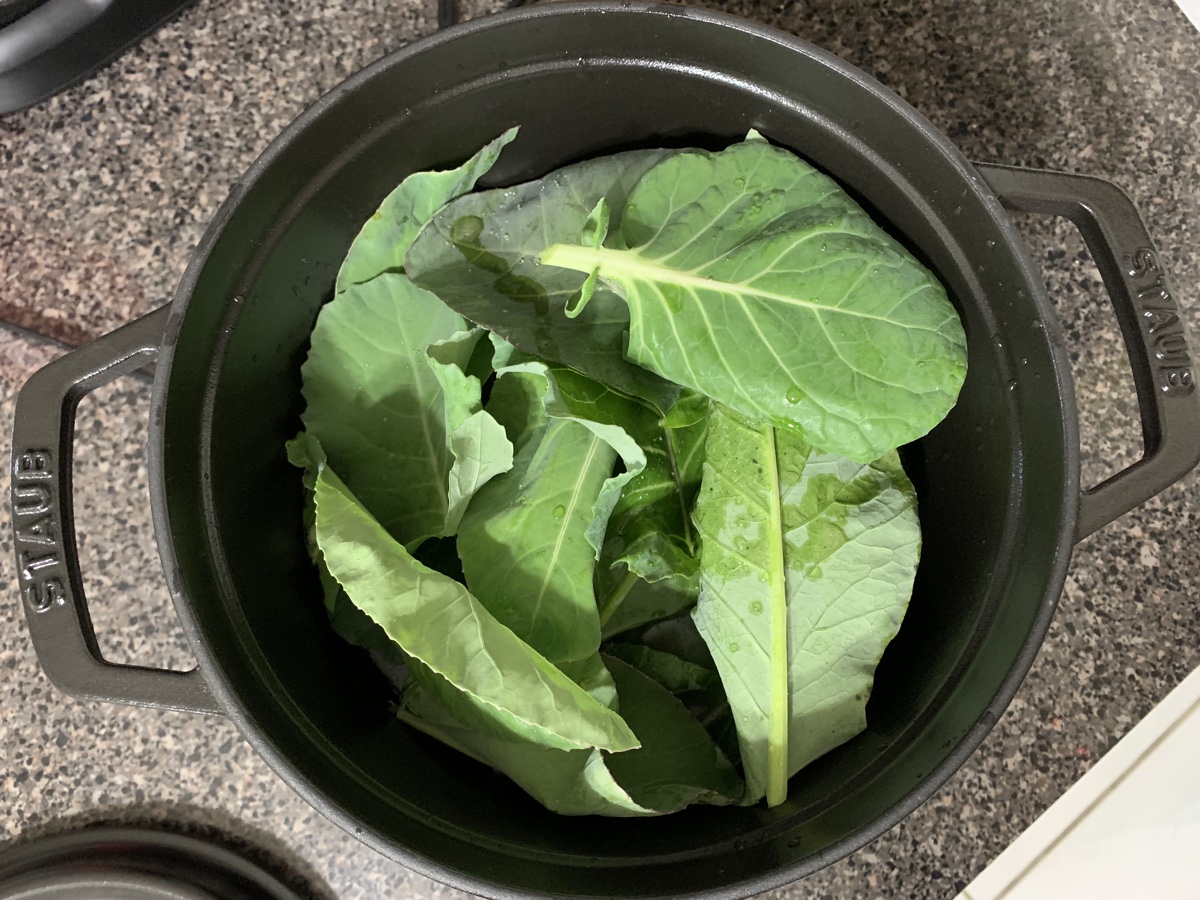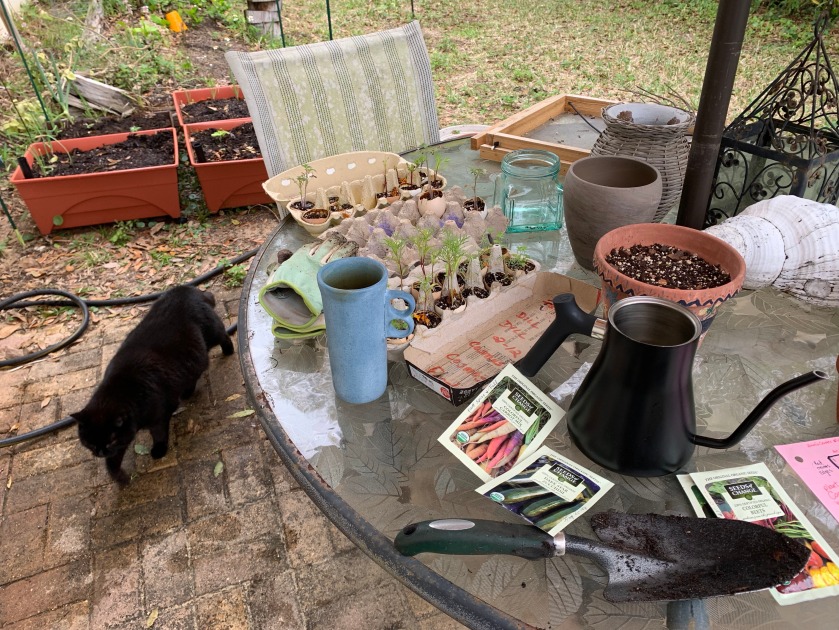Although I have lived in Florida for most of my life, I have not done much growing of vegetables. Now, I am interested, and have begun to slowly add garden beds to the backyard. But how to know what will grow here and where to find the plants and seeds?
I always assumed that nothing would grow in a Florida summer. But, if you look around, the citrus and banana trees do just fine. Some vegetables are specifically known as being southern, such as collard greens and okra.
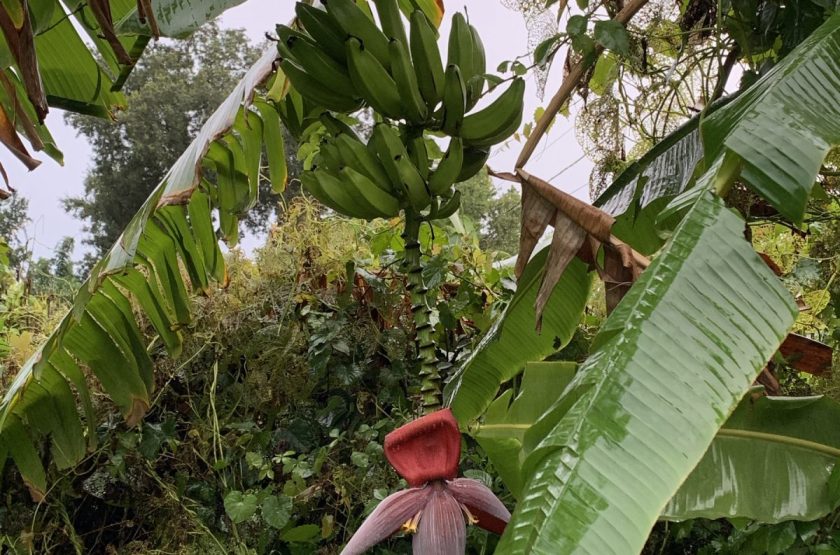
There is a definite advantage to having a very long growing season here in Florida. In New Hampshire my bell pepper plants would just be looking pretty good when suddenly it was cold again.
Peppers like it hot, and I’ve had good luck growing some types of peppers (jalapeño, Serano, and bell) in my southern location. If the winter is not too cold, they will come back and produce more peppers the following season.

Begin the Search
It’s tough to know what to plant and when, but the University of Florida has a collection of excellent advice for the southern gardener. This page, for central Florida gardening, is filled with flower, herb, lawn and vegetable advice.
Narrow it down by viewing the vegetable planting guide, and you will be ready with a list to use when seed shopping. Decide which foods you and your family will eat and see how to go about making it happen.
When I view the lists of warm and cool weather crops for Florida, I do disagree with some of the vegetables listed. This means that maybe each gardener will have different degrees of luck with certain crops.
Maybe I have planted at the wrong time, and maybe I need to try again and take notes. But at least these vegetables have a chance of growing and are worth a try. I have not had luck with carrots or beets.
If broccoli is a favorite with southern gardeners, I will put that on my “cool weather crops” list. Now I have expanded to have a ground garden where I can rotate “warm” and “cool” crops. The only thing is… many vegetables continue to grow year round – the growing season does not really end. I have had eggplant plants and pepper plants grow for years! So one garden may not be enough space.

Where to Buy the Seeds and Plants For This Climate
If you live near a nursery that sells plants that will grow locally, you are lucky! Big box stores like Home Depot don’t seem to specialize in selling local plants. I’d rather give my money to a small business but I can’t seem to find the plants and seeds I want at a location nearby.
The Farmer’s Market and flea market are places I plan to scour further. Sometimes local farmers will have plants for sale.
Shopping for Seeds Online
First, I bought seeds from The Urban Harvest, which is a central (west coast) based seed and plant seller – they also have many YouTube videos. I have had good luck with the seeds germinating, but they were sold out of many items I would have liked. If you live near them in St. Pete (I believe) they have a garden center where you can pick up live seedlings.
Some of the seeds I got will be planted in Fall, but I did plant the pumpkin, okra, and Moringa this Spring. I don’t know what to expect from okra, but the UF site has a whole page about okra.

So, I continued to look online. Johnny’s Selected Seeds had a nice variety, including heirloom and organic vegetable varieties, but they wanted $11.50 for shipping just a few packets of seeds! I moved on.
Mary’s Heirloom Seeds has a good selection of beans especially, but the seed potatoes were sold out. I liked this site, but had already purchased some seeds from the Eden Brothers site.
I found mimosa seeds (a flowering ground cover) at the Eden Brothers, and it is something I had been looking for. Then I found more flower seeds and a few veggies and placed my order. This time shipping was only $3.98 which is much more reasonable.
Most seed sellers do not specify what does well in a sub-tropical climate, so have that list of specific, Florida friendly crops, ready before you shop.
If you are a Floridian and have a favorite online place to buy seeds, please let me know! I also appreciate any helpful advice when it comes to gardening in our climate.
In Closing…
Check for vegetables and herbs that will do well in our area / your area of Florida. Decide what you have room for, and plant what you want to eat! Search for a place that can supply the seeds. Local nurseries, farmer’s markets, or online. Maybe a neighbor is also a grower and would share some seeds with you!
Remember that most seed packets are packed for a specific year, so don’t load up on seeds that you can’t use within the year.
I’ll be updating this blog with my garden stories as I try to grow more vegetables. Currently my “in the ground” garden is planted and doing well.

